Subgenus Mesomora Higher classification Dogwood | Scientific name Cornus alternifolia Rank Species | |
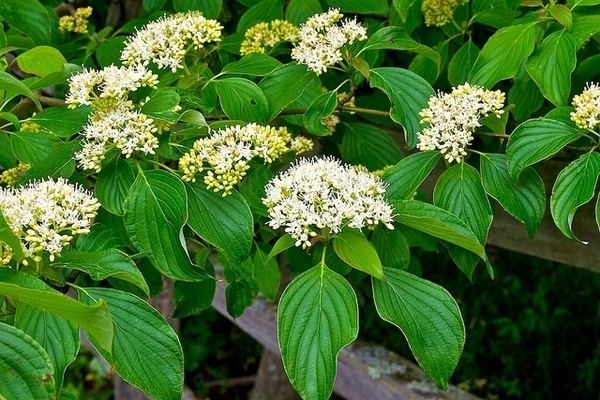 | ||
Similar Dogwood, Cornus sericea, Cornus racemosa, Cornus controversa, Flowering dogwood | ||
Cornus alternifolia
Cornus alternifolia is a species of flowering plant in the dogwood family Cornaceae, native to eastern North America, from Newfoundland west to southern Manitoba and Minnesota, and south to northern Florida and Mississippi. It is rare in the southern United States. It is commonly known as green osier, alternate-leaved dogwood, and pagoda dogwood.
Contents
- Cornus alternifolia
- Cornus alternifolia argentea wedding cake tree
- Description
- Habitat
- Ecology
- Use
- References
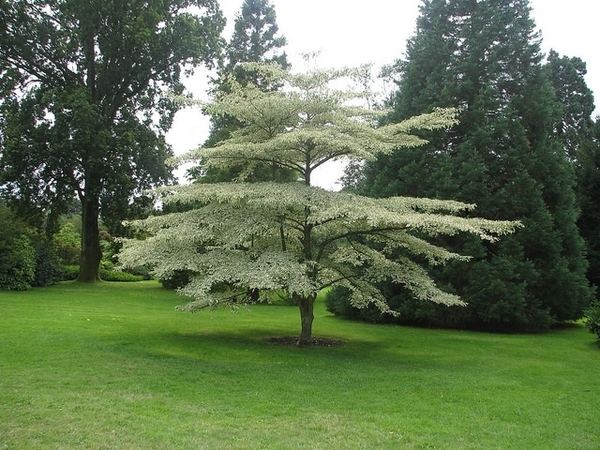
Cornus alternifolia argentea wedding cake tree
Description
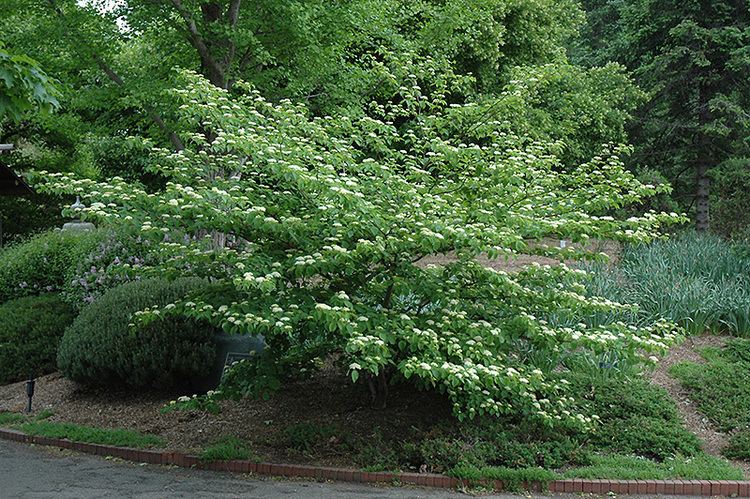
It is a small deciduous tree growing to 25 feet (8 m) (rarely 30 feet (9 m)) tall, with a trunk up to 6 inches (152 mm) in diameter. The branches develop characteristic horizontal layers separated by gaps, with a flat-topped crown. Its leaves are elliptic to ovate and grow to 2–5 inches (51–127 mm) long and 1–2 inches (25–51 mm) broad, arranged alternately on the stems, not in opposite pairs typical of the majority of Cornus species. The leaves are most often arranged in crowded clusters around the ends of the twigs and appear almost whorled. The upper sides of the leaves are smooth and green, while the undersides are hairy and a bluish color. The bark is colored gray to brown, becoming ridged as it ages. Small cream colored flowers are produced, with four small petals. The flowers are grouped into cymes, with the inflorescences 2–5 inches (51–127 mm)2-5 across. It bears berries with a blackish blue color.
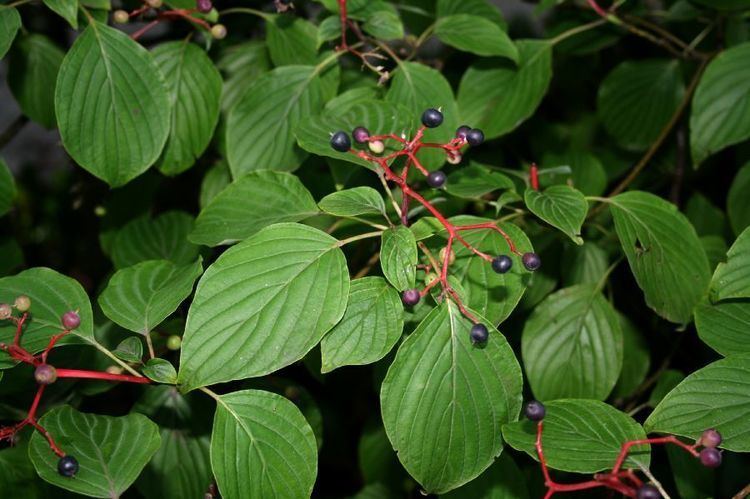
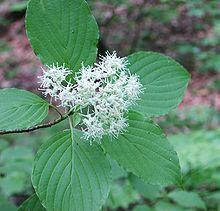
Habitat
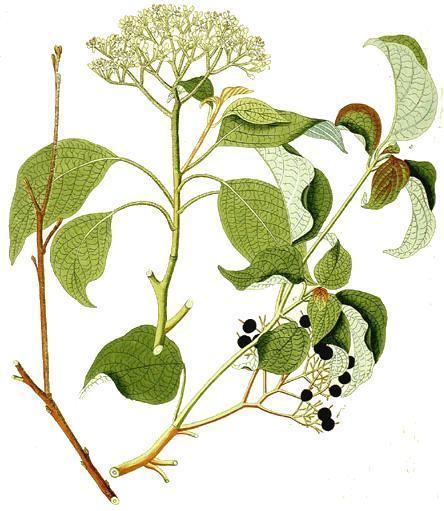
C. alternifolia is found under open deciduous trees, as well as along the margins of forests and swamps. These trees prefer moist, well drained soil.
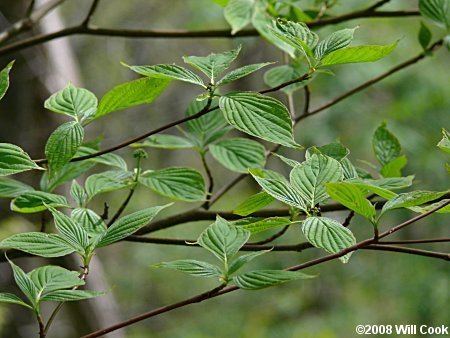
Seedlings are shade-tolerant and it is often found as an understory tree in mature forests, such as those dominated by Acer saccharum (sugar maple) or Populus (aspen). It is also common in younger forests.
Ecology
The fruits provide food for at least eleven species of birds and the black bear. The leaves and bark are eaten by white-tailed deer, beaver, and cottontail rabbit.
Use
The tree is regarded as attractive because of its wide-spreading shelving branches and flat-topped head, and is often used in ornamental plantings. The flower clusters have no great white involucre as have those of the flowering dogwood, and the fruit is dark purple instead of red.
The cultivar 'Argentea' (silver pagoda dogwood) has gained the Royal Horticultural Society's Award of Garden Merit.
C. alternifolia is susceptible to golden canker (Cryptodiaporthe corni), particularly when drought-stressed or heat-stressed. Proper siting of the plant in partial to full shade, along with adequate mulch and water, will reduce the incidence of this pathogen.
Cornus alternifolia has been used in the traditional Chinese medicine as tonic, analgesic, and diuretic.
